There’s something transformative about places where the atmosphere itself seems to carry weight—locations where the air hangs dense with moisture, fragrance, or some indefinable quality that makes each breath feel significant. Unlike the thin, crisp mountain air that invigorates, these destinations envelop visitors in a thick atmospheric embrace that slows movement and heightens sensory awareness.
The heaviness transforms ordinary moments into something more profound, creating experiences that linger in memory long after departure. Here is a list of 15 destinations where the air feels beautifully heavy, wrapping around visitors like an invisible blanket.
New Orleans’ Garden District
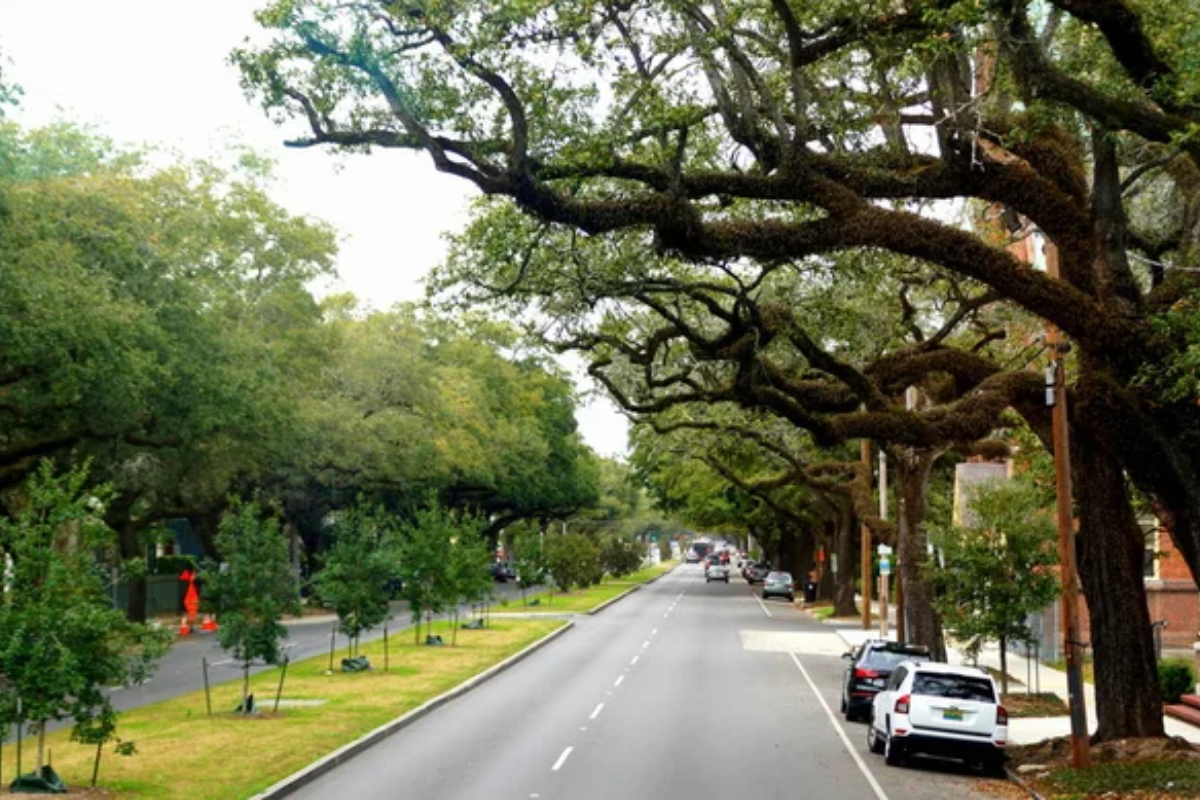
The air in this historic neighborhood drapes over visitors like a velvet cloak, especially during summer months when humidity approaches tropical levels. Massive live oaks create natural canopies over streets lined with Greek Revival mansions, trapping moisture and perfume from prolific jasmine vines and magnolia blossoms.
Walking these streets feels like moving through something substantial rather than space—each step requires slightly more effort, in the best possible way.
Kyoto’s Bamboo Forest

The towering green stalks of Arashiyama create an atmosphere that feels simultaneously open yet enclosed, with air that seems to vibrate at a different frequency than surrounding areas. The dense vegetation releases moisture and oxygen that makes each breath feel more substantial than normal, while the filtering effect of countless bamboo leaves creates an atmospheric quality found nowhere else.
Many visitors describe a pleasant heaviness that settles around them as they walk deeper into the swaying green corridors.
Like Travel Pug’s content? Follow us on MSN.
Kerala’s Backwaters
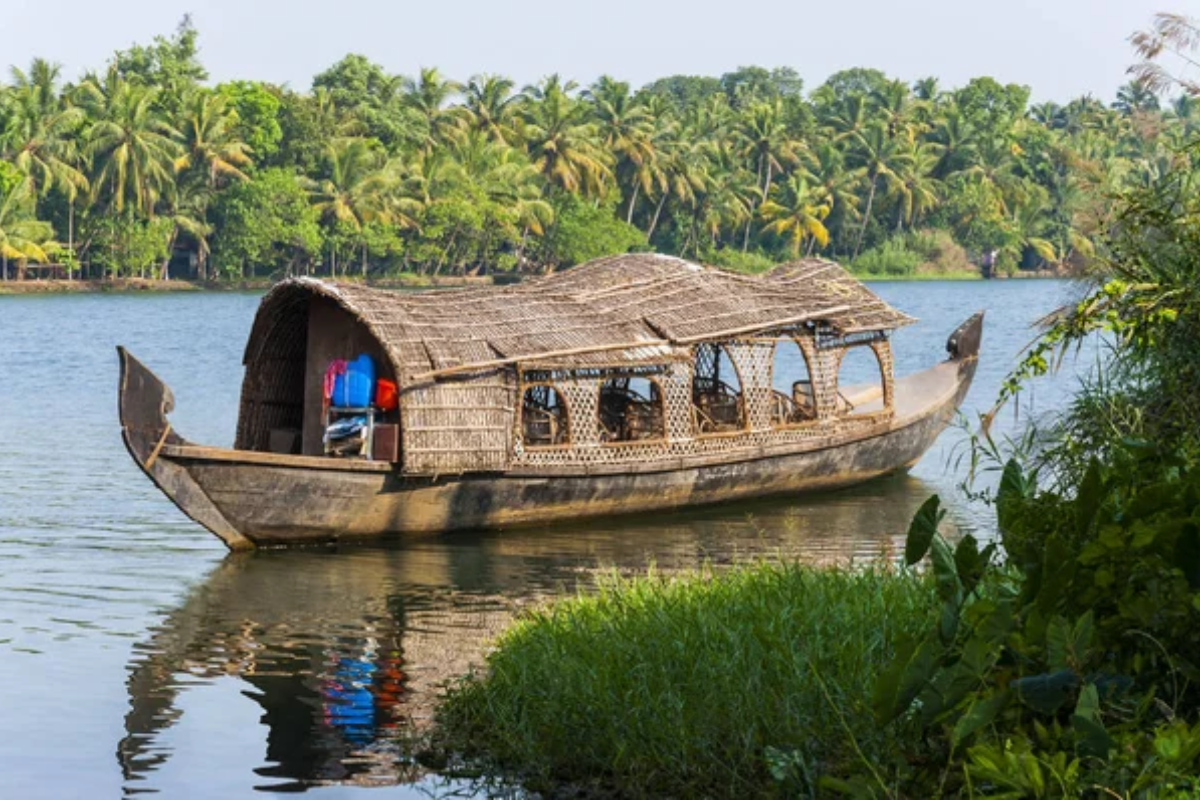
The network of canals, rivers, and lakes along India’s southwestern coast holds air so moisture-laden that it seems to move with physical presence. Traditional houseboats glide through waterways where the boundary between air and water blurs, creating an atmospheric soup rich with the scents of coconut, fish curry, and water lilies.
The combination of humidity and spice creates an olfactory density that becomes part of the landscape itself—something you feel as much as you breathe.
Amazon Basin Near Manaus
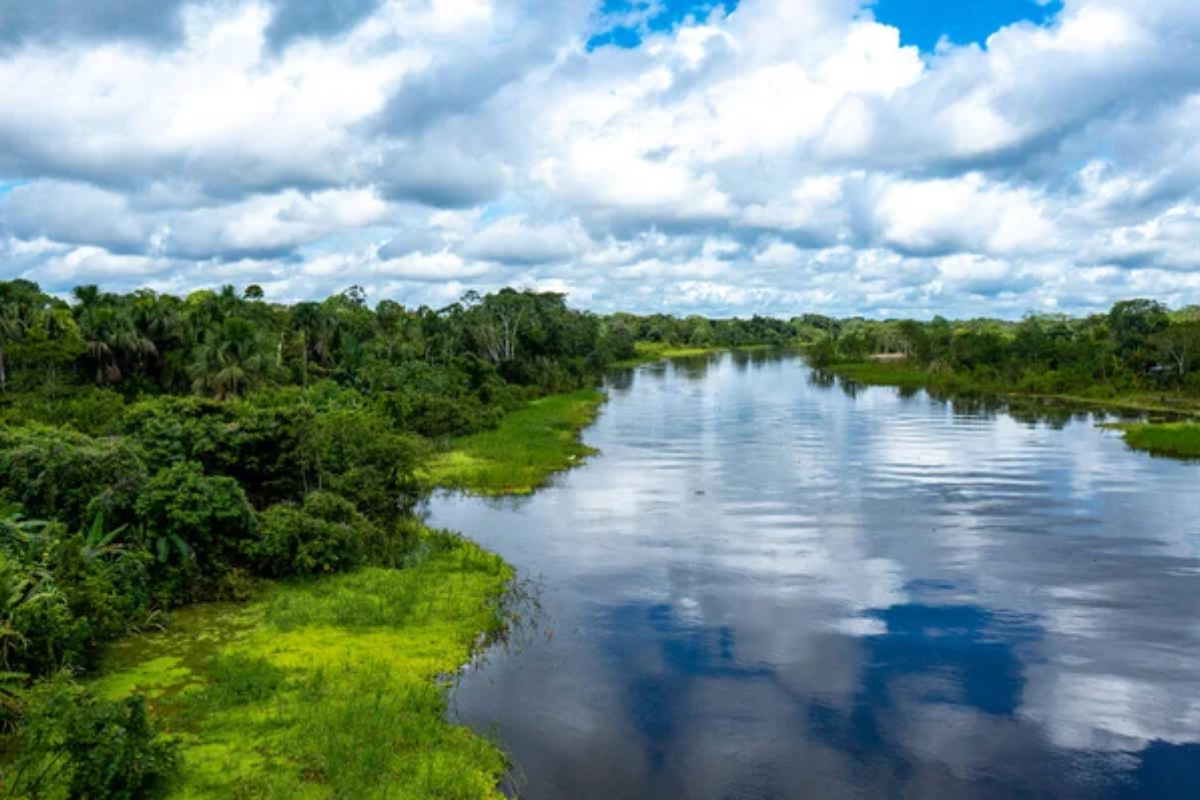
The air in this section of the Brazilian rainforest feels almost drinkable, dense with humidity that condenses on the skin within moments of exposure. The combination of atmospheric pressure, constant evaporation from the river, and oxygen production from countless plants creates an atmospheric weight unmatched elsewhere on Earth.
Visitors often note how sound travels differently through this substantial air, with bird calls and insect choruses taking on richer, more complex tones than in drier environments.
Savannah’s Historic District

Spanish moss dripping from ancient oak trees seems to physically manifest the atmospheric weight that characterizes this Georgian coastal city. The combination of river proximity, marsh drainage, and structured garden environments creates air that feels almost supportive, as though it might catch you if you fall.
Summer evenings create the most pronounced effect when cooling temperatures cause moisture to condense into a visible haze that softens streetlights and wraps buildings in gentle luminescence.
Like Travel Pug’s content? Follow us on MSN.
Morocco’s Marrakech Medina

The ancient walled city center contains a microclimate where air stands still within narrow alleyways, holding the day’s heat and countless scents in suspension. Spice markets contribute notes of cinnamon, cumin, and saffron that seem to materialize as physical particles drifting through souks and squares.
The atmospheric density creates a natural slowdown effect, encouraging visitors to adopt the unhurried pace that has characterized life here for centuries.
Daintree Rainforest
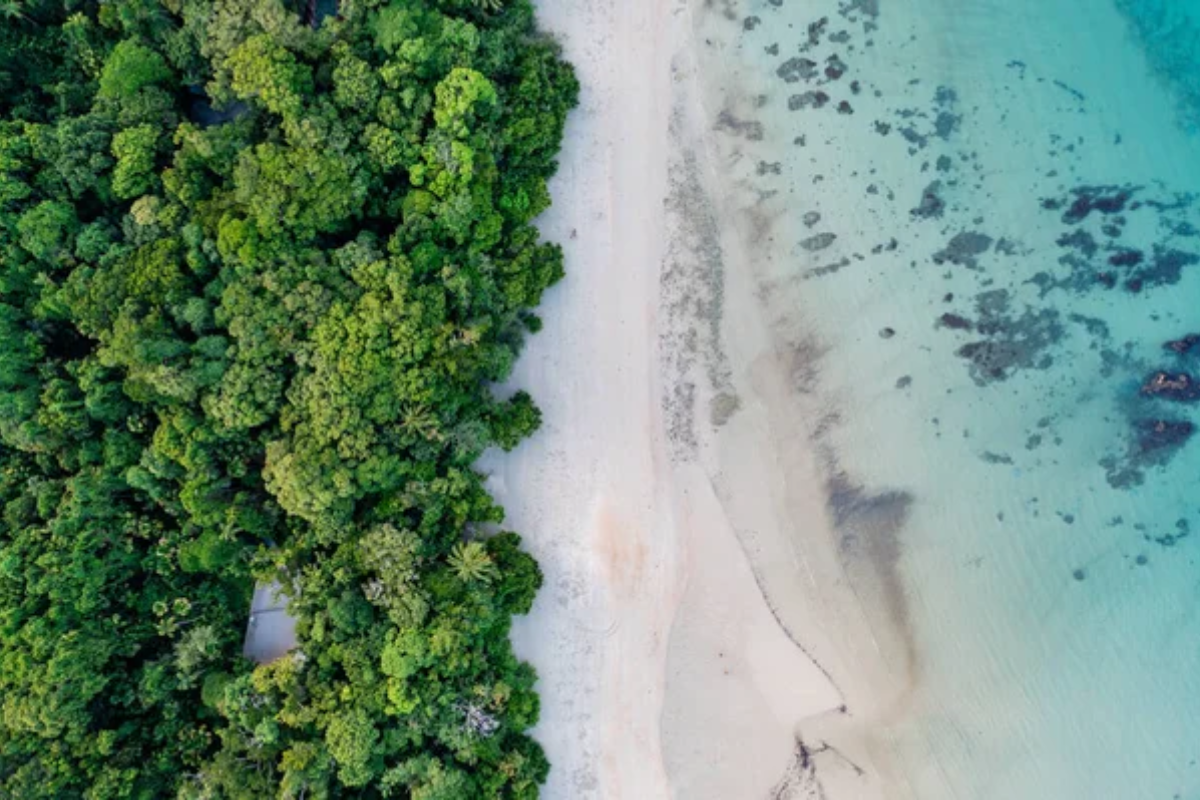
The world’s oldest tropical rainforest in Queensland, Australia, maintains air so thick with moisture and oxygen that first-time visitors often comment on feeling slightly light-headed from the richness. Morning fog creates dramatic moments when sunlight filters through the canopy, illuminating suspended water droplets that make the air itself visible.
The combination of sea breezes and constant transpiration from ancient plants creates an atmosphere that feels nurturing in its substantial presence.
Louisiana’s Atchafalaya Basin

America’s largest river swamp creates an atmospheric condition where air seems to merge with water, especially during dawn hours when temperature differentials create rising mist. Cypress knees emerge from reflective waters while Spanish moss filters morning light, creating an environment that feels more liquid than gaseous.
Fishermen and wildlife photographers seek out these conditions, knowing that the heavy air creates perfect diffusion for capturing the basin’s haunting beauty.
Like Travel Pug’s content? Follow us on MSN.
Antigua’s Nelson’s Dockyard

This Caribbean harbor traps sea air between surrounding hills, creating a pocket of atmosphere rich with salt, tropical flowers, and hints of rum from harborside distilleries. The air weight increases noticeably during the late afternoon when cooling temperatures cause moisture to coalesce while trade winds temporarily calm.
Visitors strolling the historic naval facilities feel enveloped in this atmospheric density that seems to preserve fragments of colonial history within its invisible embrace.
Japan’s Yakushima Island

The ancient cedar forests that inspired Studio Ghibli’s ‘Princess Mononoke’ maintain an atmosphere so moisture-laden that moss grows on every available surface, including the air itself, in the form of constant mist. Rain falls almost daily, creating perpetual evaporation that loads the atmosphere with water and cedar oil compounds that many visitors describe as therapeutic.
The combination creates air with a presence that seems alive—something you become aware of with each breath.
Charleston’s South of Broad
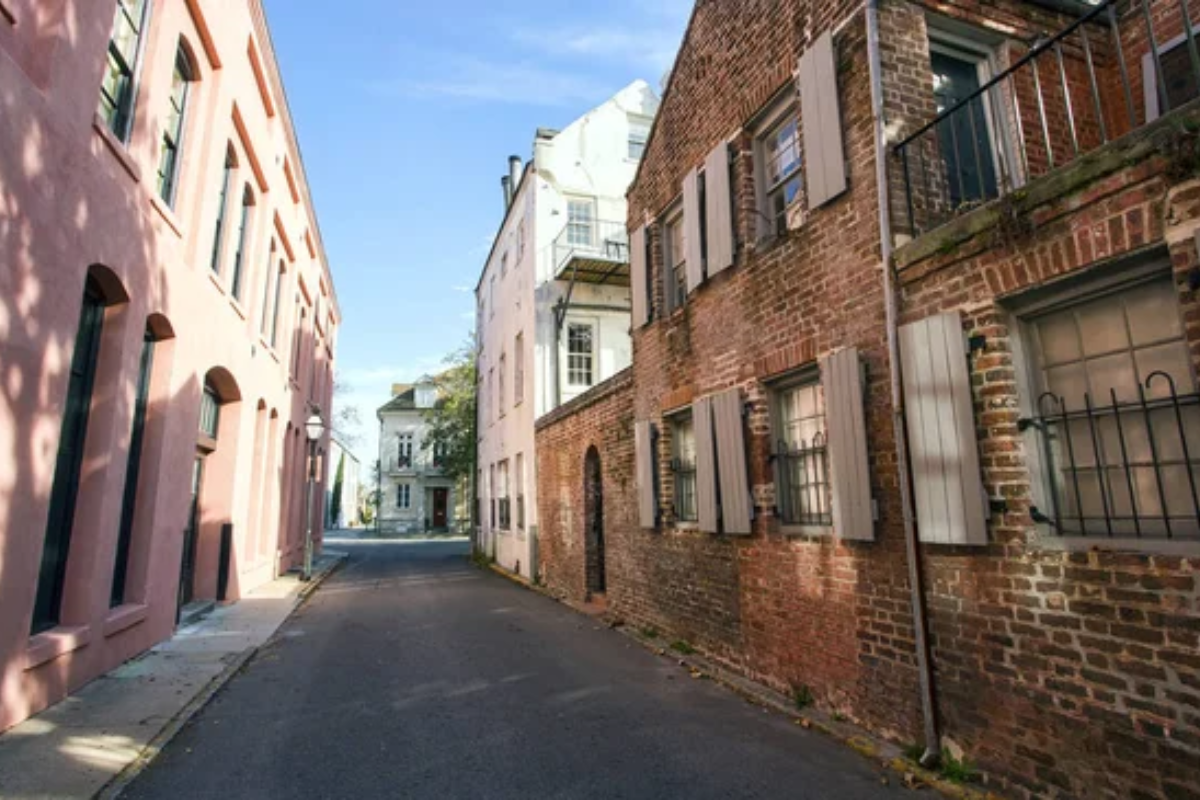
This South Carolina neighborhood features gardens designed specifically to trap and enhance atmospheric moisture, creating pockets of fragrant density between historic homes. Walled gardens release carefully orchestrated perfumes from jasmine, gardenia, and tea olive that mix with salt air from the nearby harbor.
During certain summer evenings, the combination creates an almost supernatural effect where scents appear to materialize visibly in the thickened air between brick walls and wrought iron gates.
Like Travel Pug’s content? Follow us on MSN.
Kerala’s Cardamom Hills
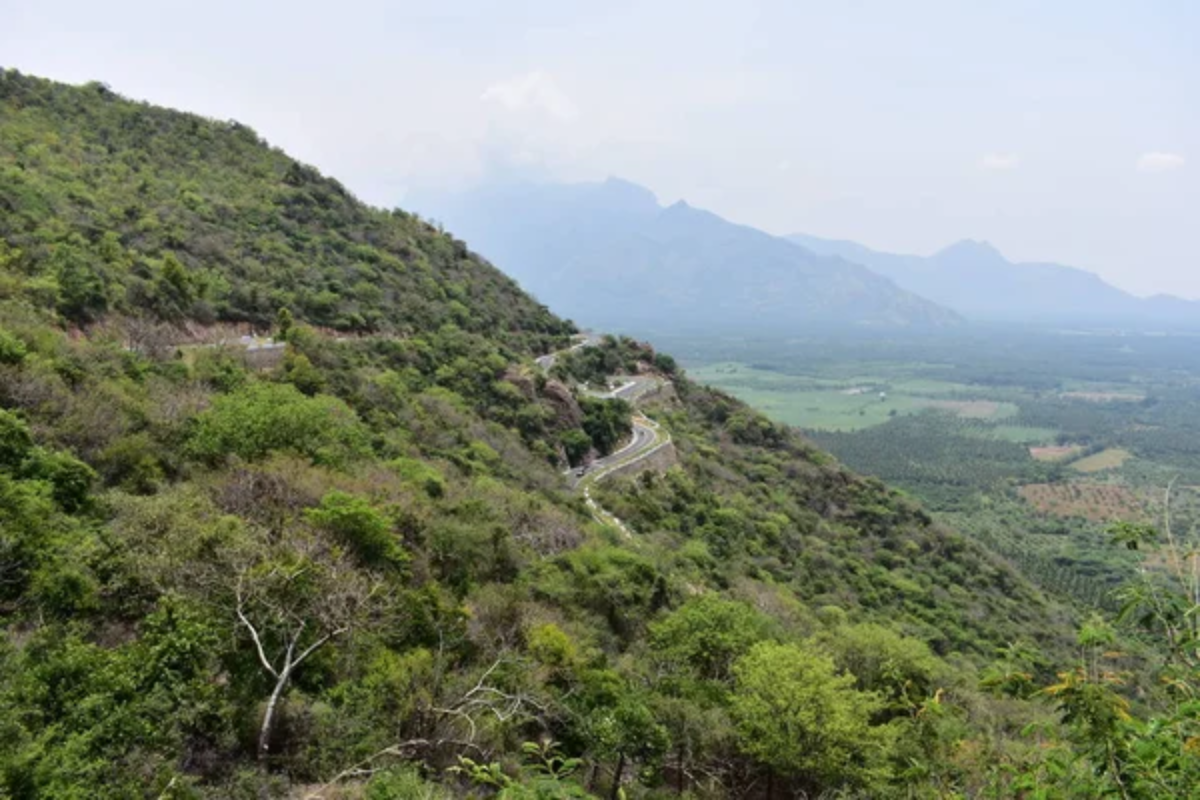
The mountainous region containing India’s spice plantations maintains a perfect combination of elevation and tropical moisture that creates exceptionally dense air. Walking through cardamom fields after light rain produces an experience many describe as “breathing flavor” rather than simply smelling it.
The atmospheric weight carries oils from countless spice plants directly to receptors deep in the sinuses, creating sensory experiences impossible in drier environments.
Scotland’s Isle of Skye

The meeting of warm Gulf Stream currents with cool North Atlantic air creates a perpetual atmospheric battle above this rugged island, resulting in air that seems to change density from one moment to the next. Valley fog that appears and dissipates within minutes carries peat smoke, heather pollen, and sea salt in constantly shifting proportions.
Many artists and writers have attributed their creative breakthroughs to this dynamic atmospheric condition that seems to make even emptiness substantial.
Vietnam’s Halong Bay
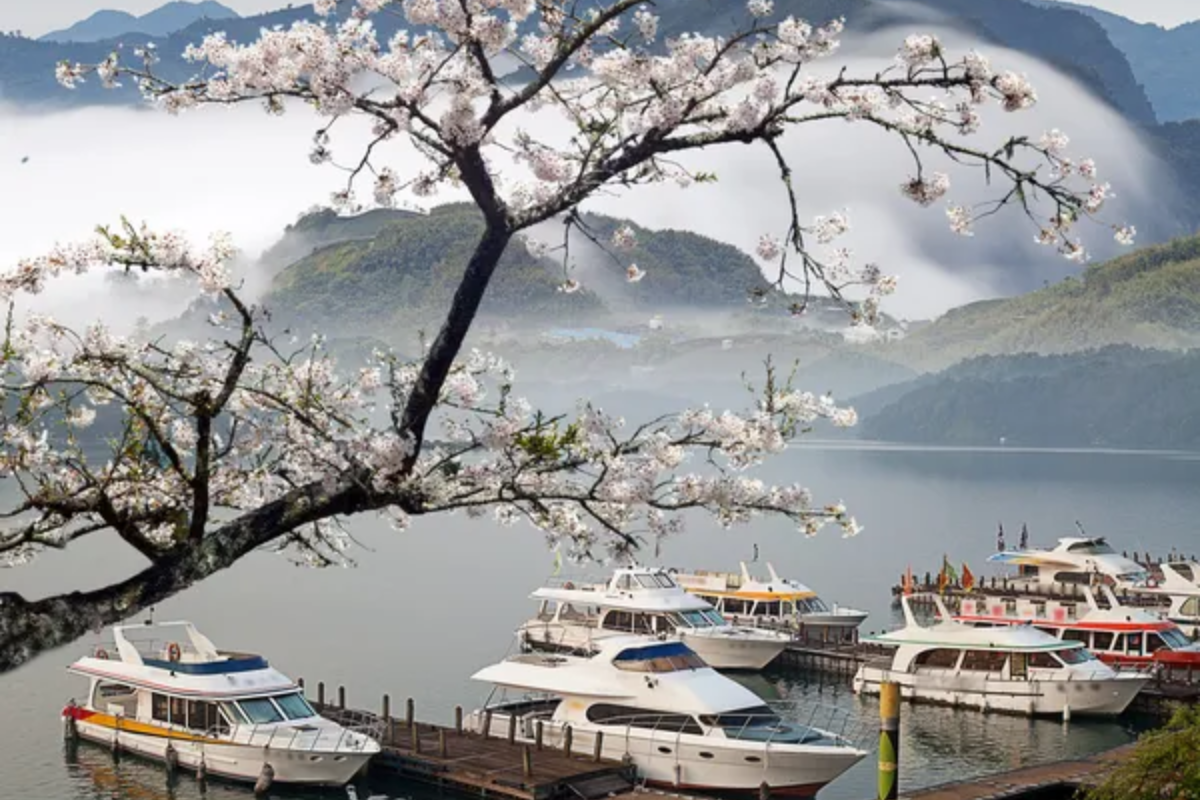
The thousands of limestone karsts create a labyrinth that traps moisture-laden air between rock walls and tranquil waters. Early morning reveals the heaviest atmospheric conditions when the boundary between water and air dissolves completely in a thick mist that erases horizon lines.
Traditional junk boats navigate through this dimensional ambiguity, where captains rely more on memory than vision in conditions that transform ordinary travel into a mystical journey.
Like Travel Pug’s content? Follow us on MSN.
Ghana’s Kakum National Park

The elevated canopy walkway allows visitors to experience the rainforest’s stratified atmosphere, where air density changes noticeably at different heights above the forest floor. The middle zone—about 30 meters up—contains air so rich with oxygen and floral emissions that many visitors report enhanced mental clarity and sensory perception.
Morning conditions create the most pronounced effect when overnight transpiration reaches maximum concentration before solar heating initiates vertical mixing.
Atmospheric Treasures

These destinations remind us that air itself can be a feature rather than merely the absence of substance—something to experience rather than simply inhale. The heaviness in these places slows us down, demands our attention, and creates natural mindfulness as breathing itself becomes a more conscious act.
In a world increasingly characterized by climate control and filtered environments, these locations preserve atmospheric conditions that connect us to our surroundings in profound and memorable ways.
More from Travel Pug

- Cities Growing so Fast You Won’t Recognize Them in 10 Years
- 13 Destinations Where Tourists Regularly Regret Their Trip
- 20 Obscure WWII Sites Even History Buffs Don’t Know About
- 10 Under-the-Radar Mountain Towns That Are Both Affordable and Beautiful
- Remote Villages in Europe Where You Can Live for Free in Exchange for Work
Like Travel Pug’s content? Follow us on MSN.
